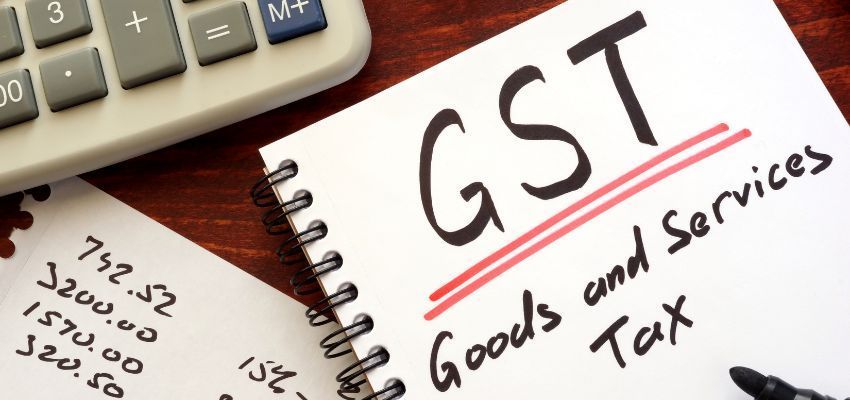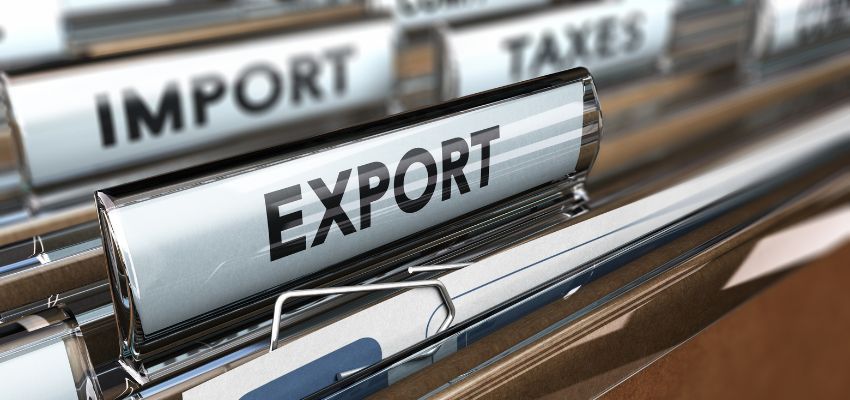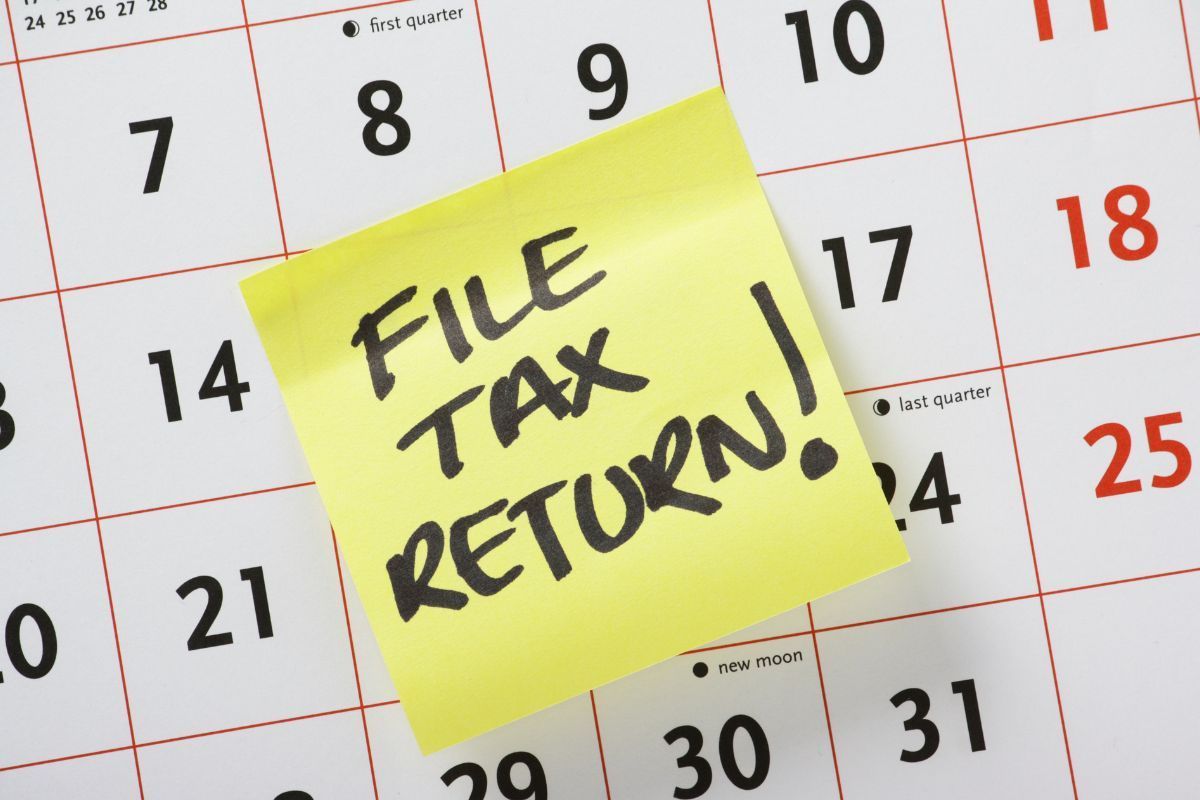What Is PST, HST, And GST? A Quick Comparison
Are you ready to tackle the complexities of Canadian sales taxes? Moving through this landscape can be challenging for businesses in Canada or those entering the market. With a clear understanding of Goods and Services Tax (GST), Provincial Sales Tax (PST), and Harmonized Sales Tax (HST), you can avoid non-compliance. You may also miss opportunities to optimize your operations.
In this article, we'll explore the specifics of these taxes, mainly focusing on PST meaning tax. Additionally, we'll examine their implications for businesses. Continue reading to learn more.

An In-Depth Look At GST, PST, And HST
Understanding GST, PST, and HST is essential for anyone navigating the Canadian tax system. These sales taxes influence pricing, consumer behavior, and compliance. Let's explore the GST, HST and PST meaning tax. We'll look at the applications of each tax type. This will help clarify their impact on your financial responsibilities.
Goods And Services Tax (GST)
The Goods and Services Tax (GST) is a 5% value-added tax the federal government imposes on most goods and services nationwide. However, some provinces, like Alberta, Northwest Territories, Nunavut, and Yukon, use it as their sole sales tax. Consequently, these provinces apply a 5% sales tax on most goods and services.

Provincial Sales Tax (PST)
Provincial Sales Tax (PST) is imposed by certain provinces in addition to the Goods and Services Tax (GST), with rates differing by location. For example, British Columbia and Manitoba each charge a 7% PST, Quebec has a 9.975% PST, and Saskatchewan applies a 6% PST.
Understanding the variations in Canada PST is crucial for businesses. These variations directly impact the total sales tax that must be collected and remitted. In British Columbia and Manitoba, the combined total sales tax reaches 12%, including GST.
Harmonized Sales Tax (HST)
The Harmonized Sales Tax (HST) simplifies the tax process. It merges the Goods and Services Tax (GST) and Provincial Sales Tax (PST) into one tax in certain provinces. Provinces that use HST include New Brunswick, Newfoundland and Labrador, Ontario, Nova Scotia, and Prince Edward Island. The typical rate is 15%, except for Ontario, which has a rate of 13%. This system aims to enhance the efficiency of tax collection and administration.
Knowing the variances between HST vs GST and PST vs HST is crucial for anyone navigating Canada's tax landscape. Each tax type affects pricing and compliance, making it essential for businesses and consumers to grasp their impacts. Familiarizing yourself with these taxes can help you effectively manage your financial responsibilities.

Registering For GST, HST, And PST
Who is responsible for paying these taxes? Typically, the end customer must cover the applicable taxes. Non-resident importers doing business in Canada must register for the GST/HST. This applies if they earn over $30,000 annually. They’re also required to charge this tax to their customers.
Depending on the provinces where you sell your products, you may also need to register for PST. This registration is required in every province where you conduct business.
Upon registering for GST, you’re automatically registered for HST as well. Small suppliers earning less than $30,000 annually can choose to register for GST/HST to obtain reimbursements for the GST paid on imports. If you anticipate making more than two shipments as the importer of record, it’s advisable to register your business for GST/HST.
Want more information?
Richmond Hill, ON
Calgary, AB
Vancouver, BC
Ottawa, ON
Winnipeg, MB
Hamilton, ON
Halifax, NS
Mississauga, ON
Toronto, ON
Brampton, ON
Oakville, ON
Milton, ON
Markham, ON
Vaughan, ON



